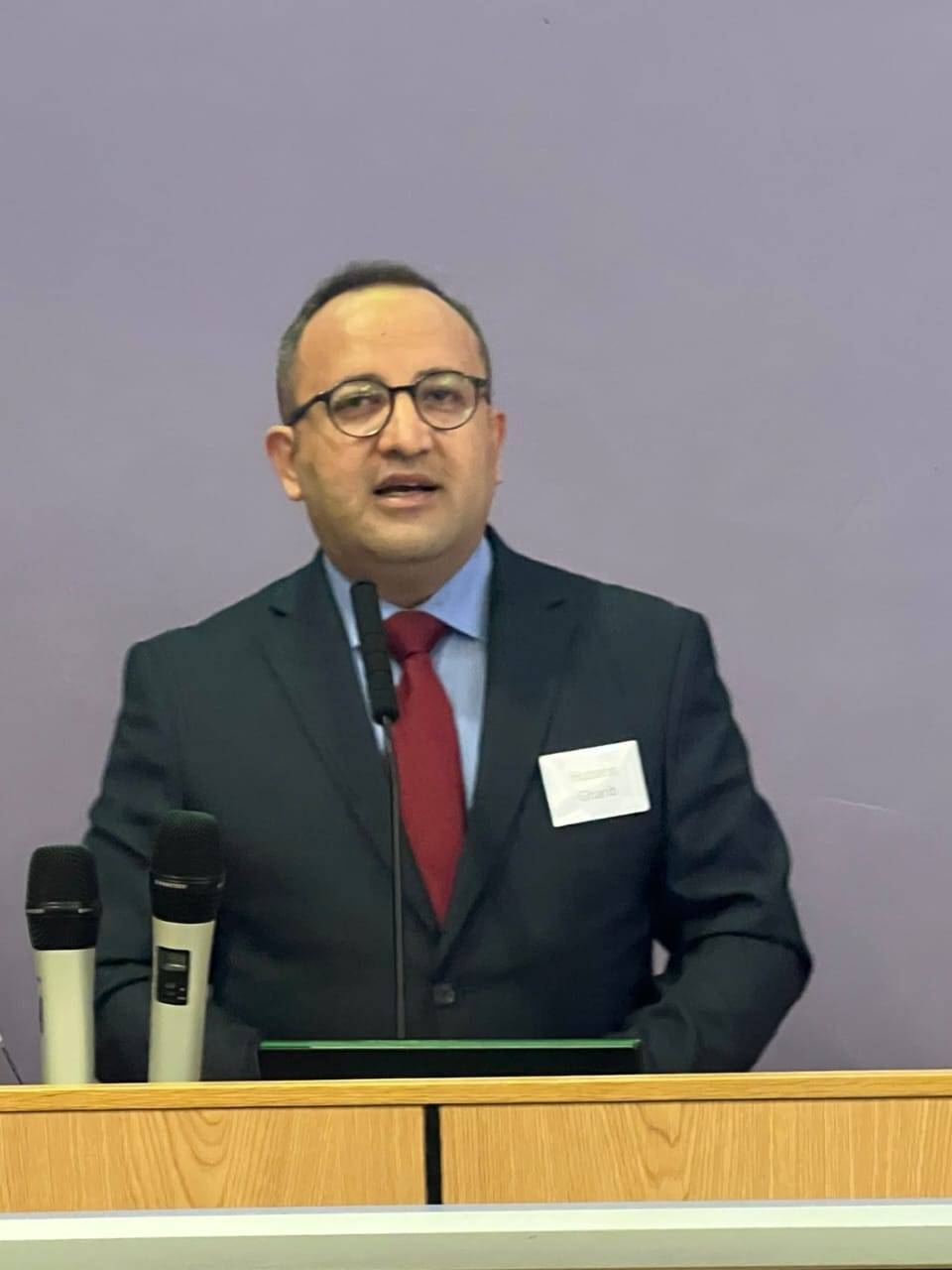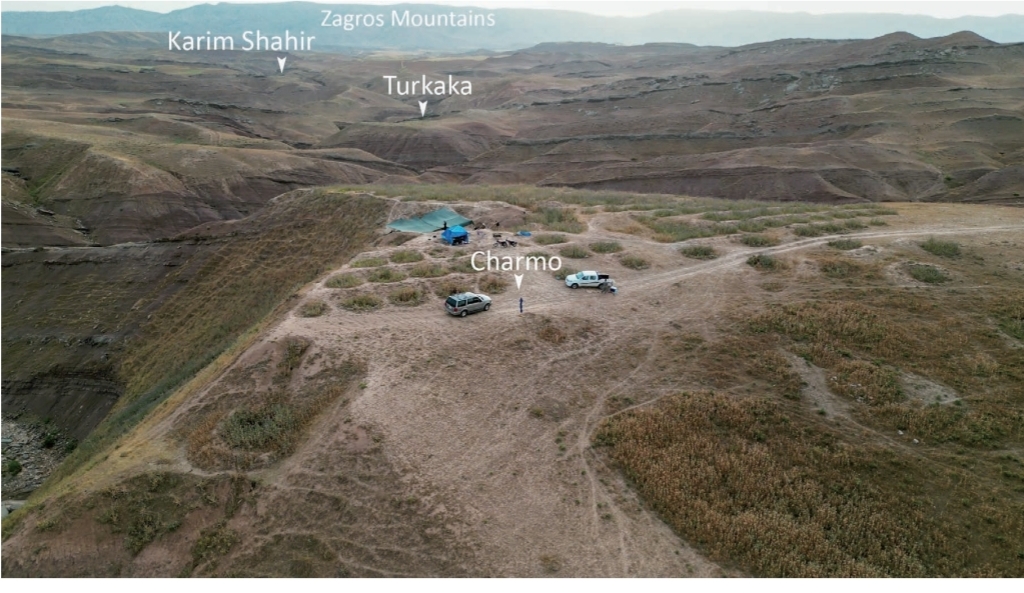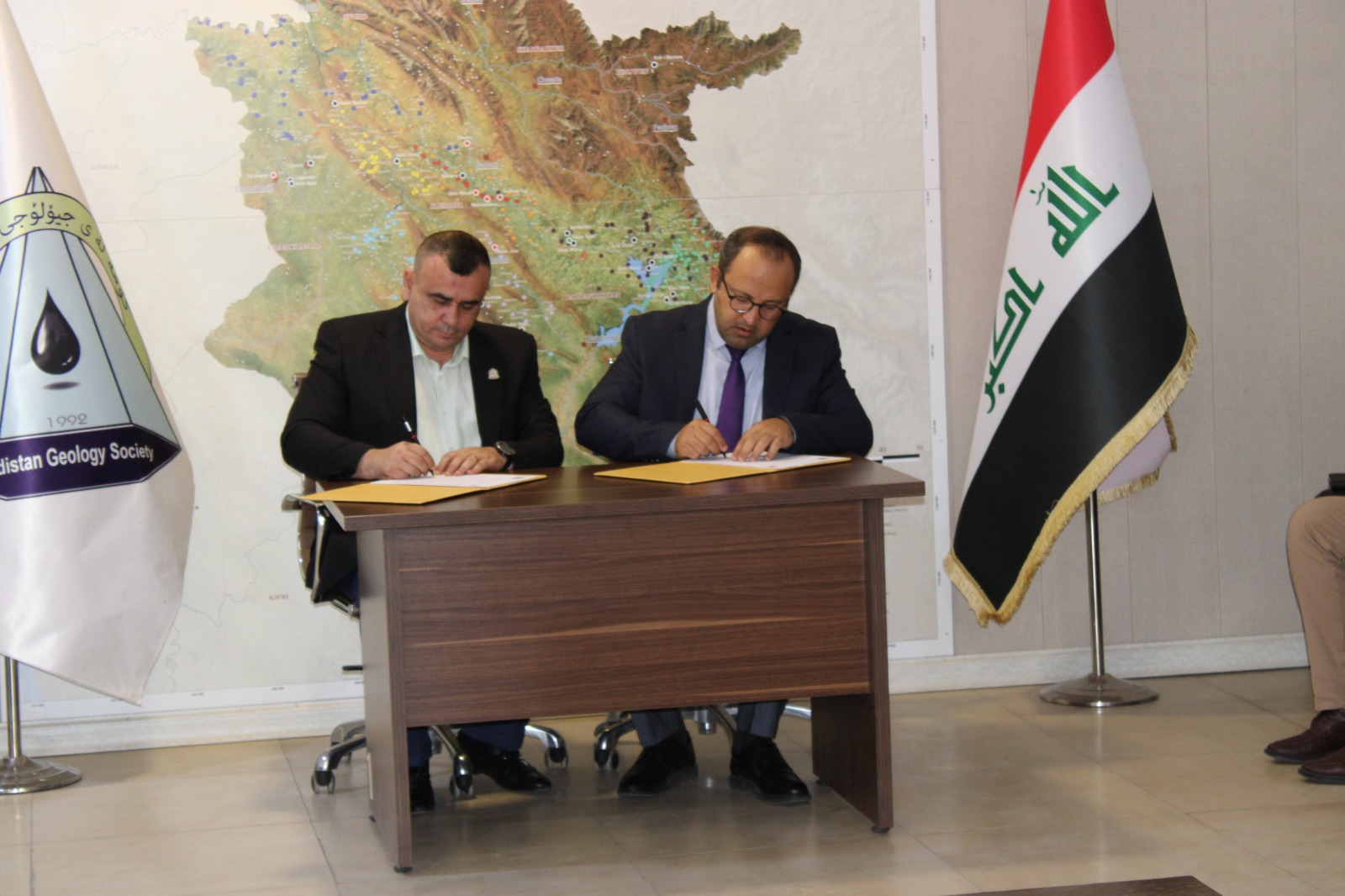Banea 2024 Archaeological Conference at the University of Glasgow

On 3-4-5 January 2024, the University of Glasgow in Scotland hosted the International Archaeological Conference entitled "Archaeological Heritage Practice in Southwest Asia: Towards Equitable Futures".
During the conference, the Archaeology and Culture of Slemani was presented under the title "History of Slemani from the Stone Age to the Islamic Age".
The first day of the conference was dedicated to archaeological work in the Kurdistan Region. Representatives from several universities (including Reading, Glasgow, Liverpool, Harvard, and Berlin Institute), as well as the Director General of Archeology and Heritage of the Kurdistan Region, Dr. Kozad Ahmad from Slemani University, and experts from the Kurdish Heritage Revival Organization and Kurdish Heritage Organization, were present. These individuals are esteemed professors and experts in the field of archaeology in the Middle East.

240128080352.png)

